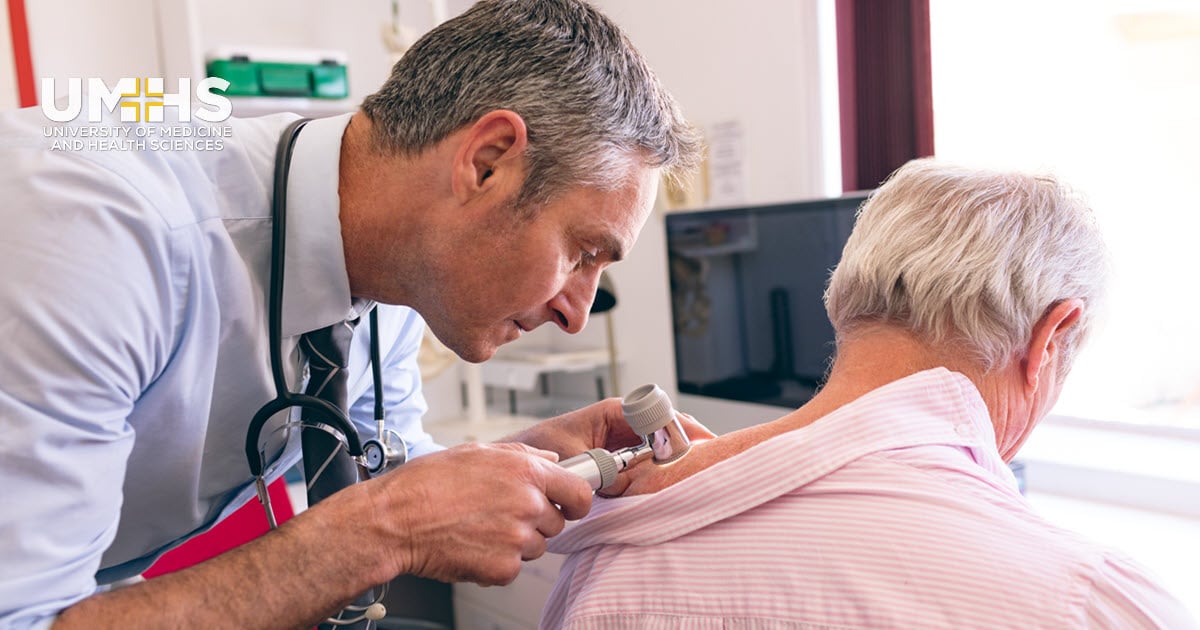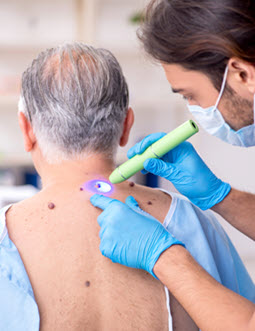Look for an experienced dermatologist for skin care treatment tailored to your needs.
Look for an experienced dermatologist for skin care treatment tailored to your needs.
Blog Article
Browsing Skin Cancer Cells Treatment: The Necessary Role of Mohs in Modern Dermatology Practices
Skin cancer cells, an overwhelming medical diagnosis, usually leaves patients grappling with countless treatment alternatives. As we discover the complexities of this procedure, one will appreciate its pivotal role in skin cancer treatment.
Comprehending Skin Cancer: Types and Dangers
There are three primary types of skin cancer cells: Basal cell cancer, Squamous cell cancer, and Melanoma. It accounts for only about 1% of skin cancer cells instances however creates the huge bulk of skin cancer fatalities. Danger factors consist of reasonable skin, history of sunburn, too much sun direct exposure, living at high elevations or close to the equator, having many moles, a family history of skin cancer, and damaged immune system.
What Is Mohs Surgical procedure and How It's Reinventing Skin Cancer Therapy
Despite the numerous treatments currently available for skin cancer, Mohs surgical treatment stands out as a groundbreaking and highly efficient service. Called after Frederic E. Mohs, the physician that established the treatment, Mohs surgery is an exact medical method used to treat skin cancer. During the treatment, thin layers of cancer-containing skin are progressively removed and examined up until only cancer-free cells stays. This technique allows the surgeon to confirm that all cancer cells have actually been removed at the time of surgical treatment. This level of precision, incorporated with the ability to save as much healthy and balanced tissue as feasible, is changing skin cancer cells therapy. Therefore, Mohs surgical procedure has come to be a keystone of modern dermatology techniques.
The Benefits of Mohs Surgical Treatment Over Typical Skin Cancer Treatments
Building on the cutting-edge nature of Mohs surgery, it's critical to consider its various advantages over traditional skin cancer cells treatments. Unlike standard operating procedures, Mohs provides a higher cure rate, often reaching 99% for new treatments and 94% for persistent cancers. This accuracy is due to its one-of-a-kind strategy of progressively getting rid of and examining tissue layers until just cancer-free cells remain (skin cancer). Furthermore, it decreases damage to healthy skin, resulting in less scarring and enhanced aesthetic outcomes. Mohs additionally provides prompt results, removing the anxiety-ridden wait typical with various other methods. It's affordable, as the surgical procedure and microscopic assessment occur concurrently, getting rid of the requirement for additional laboratory solutions. Therefore, Mohs represents a significant improvement in dermatological methods.
The Procedure of Mohs Surgery: What to Anticipate Throughout the Process

Possible Adverse Effects and Post-Operative Treatment of Mohs Surgical Treatment
Undertaking Mohs surgical treatment, like any type of various other surgery, includes possible adverse effects that clients need to recognize. Common side effects include discomfort, wounding, and swelling at the surgical treatment website. These are usually short-lived and manageable with over the counter pain medicine and ice packs. In unusual instances, people may experience infection, blood loss, or a sensitive reaction to the neighborhood anesthetic. Post-operative care is essential to recovery and lessening side results. This usually involves keeping the wound clean and completely dry, taking prescribed drugs, and avoiding difficult tasks. People need to additionally attend all follow-up consultations for wound treatment and monitoring. In many cases, added therapies might be required to guarantee complete elimination of the malignant cells. Abiding by these post-operative care standards can greatly enhance recuperation and outcomes.
Conclusion

Report this page